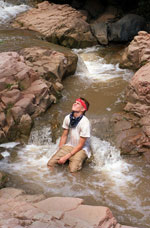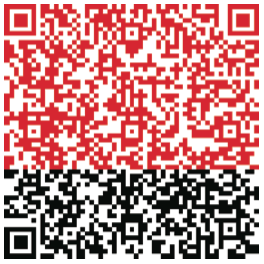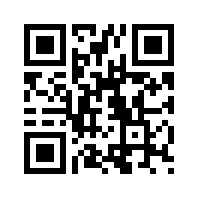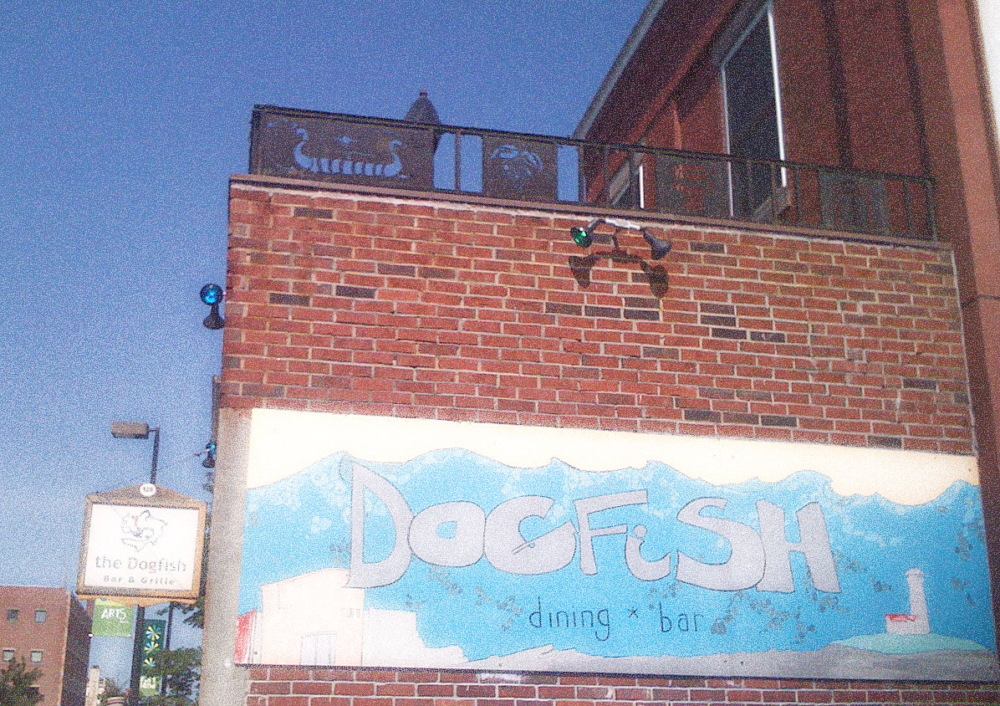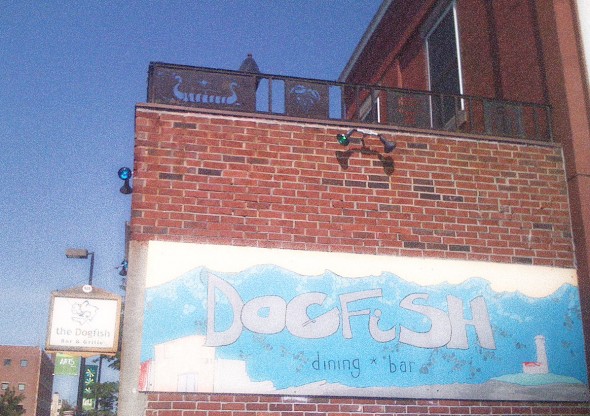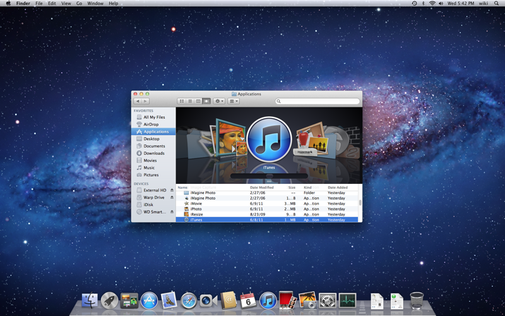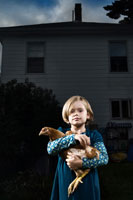But with experience comes the realization that a great photograph has less—much less—to do with fancy gear or expensive equipment and much more to do with what’s going on with the person behind the camera.
In short, it ain’t about the tools you use. It’s how you use them.
When I first learned how to use studio lights on location, I was so excited to bring out my lights and stands, position the subject, etc. I would spend a lot of time worrying about details like exposure and light shaping and correspondingly less time engaging with my subject. Invariably, the result looked technically sound but lacked soul.
On the other end of the scale were the seat-of-your-pants moments as a newspaper photojournalist. With just two cameras, a couple of lenses and a flash I was able to focus on capturing the moment. Sometimes the photos were grainy, or were shot in less than ideal lighting conditions, but the content and moment elevated them far beyond the realm of the average “pretty picture”.
Once I did a week-long assignment covering a wilderness teen camp–you know, the type of program where troubled, out-of-control teens are whisked away in the night to find themselves deep in the wild, learning discipline through hard work and routine for weeks or months on end. This one was isolated in a remote area of high Arizona desert, and everything I needed was packed on my back for the daily marches to each night’s new camping spot. Within an hour of hiking, I slipped while fording a river, dunking a camera, a lens and smashing another on a rock. I shot everything for the next five days with a backup Nikon FM2, a 24mm and a 35-70mm lens while the wet gear rusted inside a plastic bag.
And the photos were great. Limiting myself to a couple of lenses and a single camera body helped me focus on getting the moment, gave me less distracting choices and ended up helping me get a very strong photo story. I also learned to start a fire with a bow and stick, but that’s another story.

